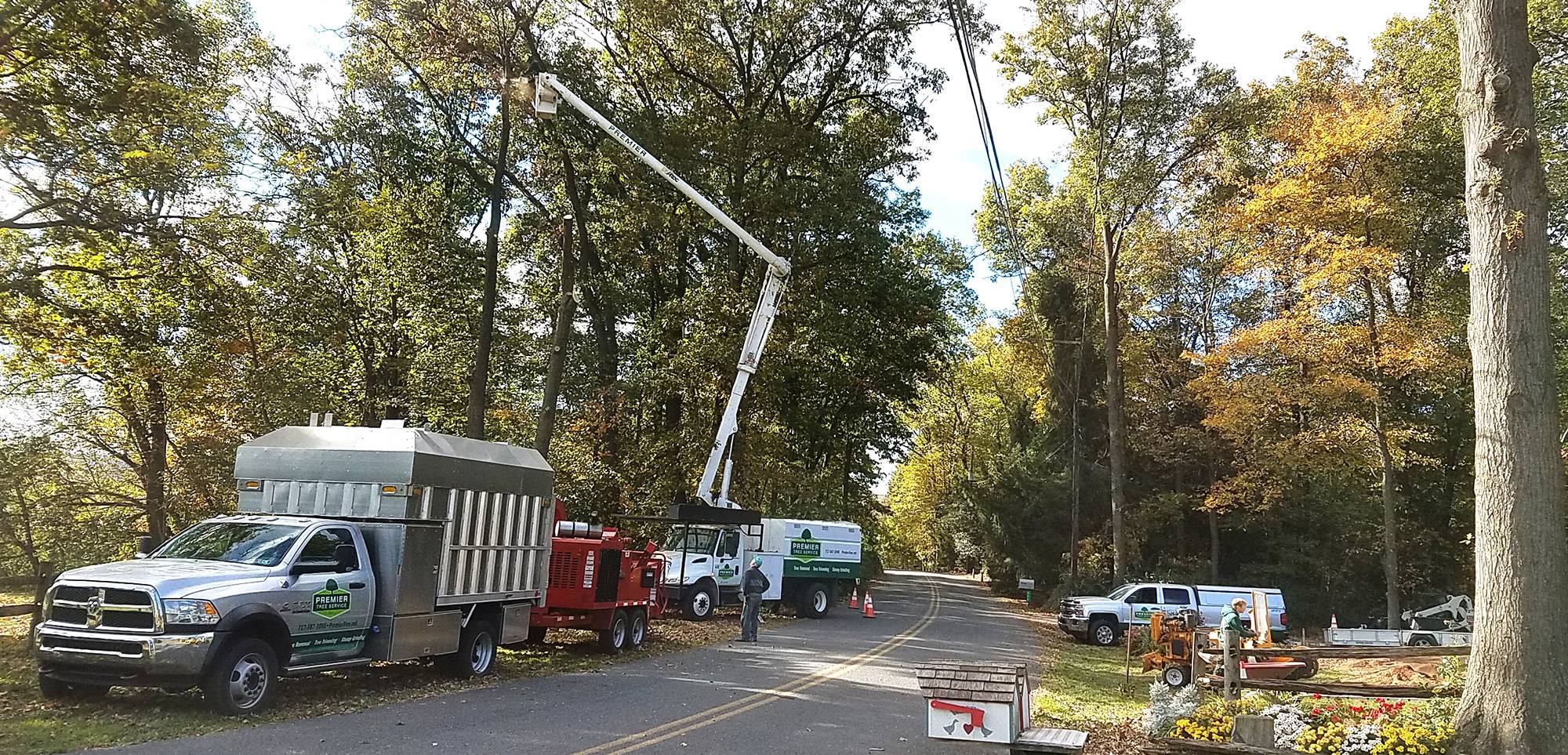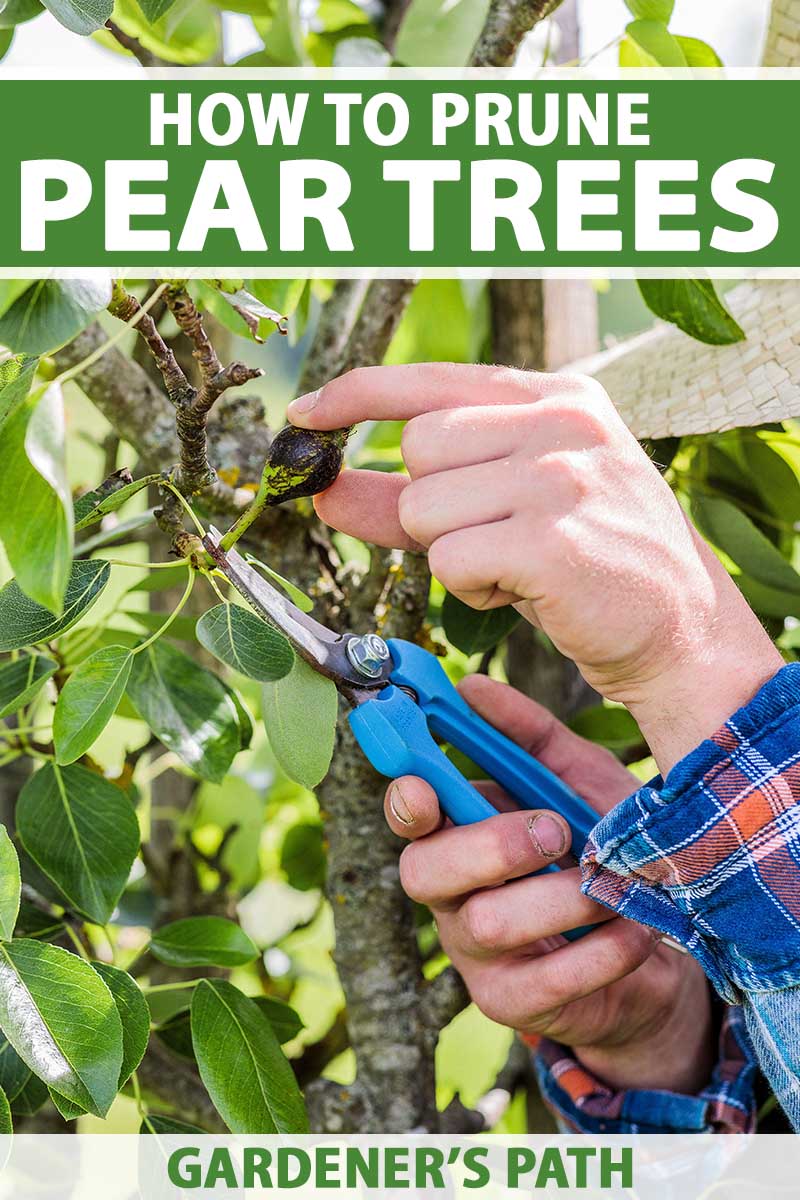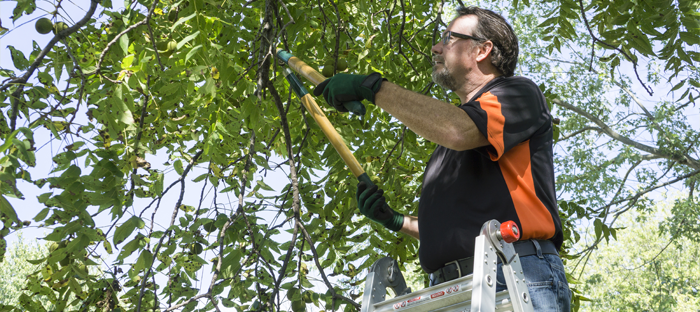[ad_1]
Whether you’re planning to have your tree serviced for an upcoming project or just need to get a tree removed, you should know the difference between a tree service and an arborist. These services have different strengths and weaknesses, and knowing which one is right for your situation can make a big difference in the outcome of your project.
Arborist vs tree service
Choosing a tree care company is an important investment. If you don’t take the time to research your options, you may end up with a company that doesn’t care about your trees. You may also end up with someone who doesn’t do a good job.
Trees add value to your property and provide habitat for important animals. A certified arborist can help you select the best trees for your yard. They can also help you determine the best ways to care for them.
The International Society of Arboriculture (ISA) has a certification program. You can search for an arborist on the ISA website. An ISA Certified Arborist is trained to assess the health of trees and oversee the maintenance of those trees.
Using a certified arborist is a smart move. You can protect your trees, your property and your family.
Pruning a tree
Performing proper pruning is one of the most important tree maintenance procedures. It helps a tree maintain its shape and keep nutrients from escaping the trunk. If performed improperly, pruning can damage the tree’s structure and shorten its life.
The most common reason for pruning is to improve the health of the tree. Dead or infected branches should be removed to reduce the risk of damage to the tree and people. Other reasons include removing a branch that will interfere with a person or vehicle. It can also help to increase air penetration and improve the form of the tree.
Proper pruning is a relatively simple process. However, depending on the location and size of the tree, it may be dangerous. A qualified arborist can perform the pruning safely and effectively.
Extending surface roots
Keeping your tree in check is not a task to be shunted to the sidelines. In fact, it is the most important part of the tree care equation. One of the best ways to ensure your tree survives well into the future is to maintain the health of your tree’s root system. If you are considering pruning or relocating your tree, consult a professional to determine which method is best suited to your situation.
The tree is a living, breathing entity that needs air, water and food to keep it alive. The best way to ensure that your tree receives the nourishment it needs is to ensure that you are implementing a tree care plan that includes regular pruning and the installation of a drip line.
Underground utilities
Whether you’re planting a tree on your property or rehabilitating a neglected piece of land, it’s wise to know what you’re doing. This will ensure you don’t put yourself or your property in harm’s way. This includes the appropriate use of plants with non-invasive roots and the best places to plant them.
There are many websites and literature on what plants and trees are appropriate for your location. You should check with your local tree service to determine what they recommend. If you’re planting a tree in the vicinity of a power line, you might want to take a few steps to ensure you aren’t doing more harm than good.
The UConn plant database can be a useful tool for choosing the appropriate trees for your area. For example, you can easily select trees by height, leaf size, and other attributes.
Insurance
Obtaining proper insurance for your tree service business is essential. Tree service companies face many risks, and insurance is one of the best ways to protect your business.
The first step to getting insurance for your business is determining your risk. The most common insurance risks include property damage and liability claims. Insurers consider tree service companies to be high risk, and your premiums may be higher. However, there are some policies that may qualify you for a cheaper rate.
Workers’ compensation insurance is one of the most important forms of insurance for tree service providers. This policy will cover your employees’ medical expenses and lost wages. It may also cover your legal fees in the event of a lawsuit.
General liability insurance is another type of insurance that protects your tree service business. This type of coverage will cover damage to customer property and premises.
[ad_2]










